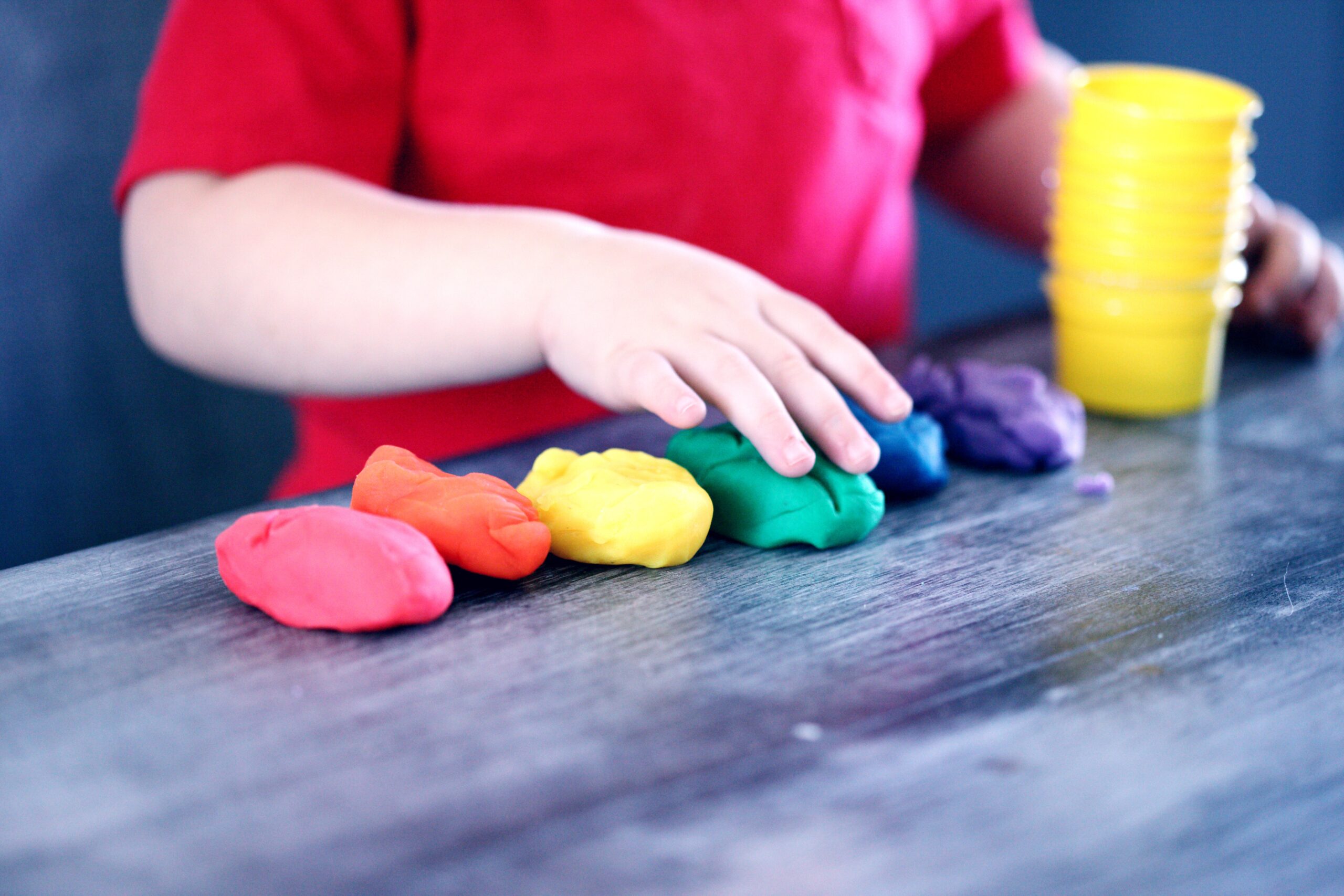In this blog, we are going to explore the following:
1. How to motivate reluctant writers;
2. How to encourage children to expand their answers;
3. How to ‘magpie’ ideas.
1. How to motivate reluctant writers
Your child might be a reluctant writer. When they hear the word ‘write’, they suddenly feel tired, need the bathroom, need food/drink, their hand hurts or – conveniently – lose their pen/pencil!
Or, you might have a child who is more than happy to do Comprehension questions; however, when it comes to creative writing their mind goes blank.
What do you do?
First of all, children might be reluctant to write because they are out of practice. Therefore, rather than focusing on quantity, focus on quality. Encourage them to write a few lines that are truly amazing. It might not seem much but remember it is a process; it is a marathon, not a sprint.
We are what we repeatedly do. Excellence, then, is not an act, but a habit.

Now, although it may be an excuse that their ‘hand hurts’, it might also be true. Your child may not be writing as much as they used to and so their hand may feel tired; or, they may have aches. Encouraging your child to do finger and hand exercises may help to build up their strength and hand muscles, making writing easier. Playing with ‘Play-doh’ and using pegs can help to improve their hand and finger strength.
You may also want to consider their stationery and desk. Pen and pencil grips can assist your child in gripping their pen in a manner that does not hurt or create tension. You can also explore different types of pens and pencils and see what your child feels most comfortable with. Having a writing slope can further help your child when writing, since they do not have to hunch over. It may also help to reduce stress and pressure on their wrist due to the height adjustment.

For some children, they need a real purpose to write. So, make writing practical. Rather than doing the same work, why not create real life opportunities for them to write?
Here are some ways to create meaningful, practical writing opportunities:
- Ask your child to write the weekly shopping list;
- Ask your child to write a daily menu for the family;
- Ask your child to write a review of their favourite film (you can show them other people’s reviews and actually post it on their behalf);
- Ask your child to write a review of restaurant they visited (again show them real life examples and then actually post their review on the site);
- Enter a writing competition.





***Note, the reviews might be online, but explain to your child that most people write their reviews by hand so that they can proof-read it before posting it online. Furthermore, since your child is under-age, they cannot have an account themselves; therefore, if they write it by hand, you can then upload it for them to the site. ***
You can also lead by example. How? You can show your child how writing carries more sentiment by writing a note or a letter to your child so they can write back. You can also write to relatives and friends and have your child see what you are doing. When you get a reply, you can share the experience with your child – how it made you feel valued and what it genuinely means to you.


If you are feeling creative, you could write a story, poem or song for your child. This is not only a great way to encourage your child to write, but it is an opportunity to bond with your child, as you can tailor the piece of writing to them. What better way for your child to experience the true value in writing than experiencing it for themselves!
One of my students was a reluctant writer. Over the Christmas holidays, she had an ‘elf on the shelf’ visit her. Young, she believed in the magic of the elf. She was therefore elated to receive a letter from the elf. She then became engaged in writing to the elf, as she found the elf’s letters amusing and exciting. Since it encouraged her to write, the elf extended his stay until February! Taking on the voice of your child’s favourite toy or character might be the incentive they need to write.

2. How to encourage your child to expand their answers
We experience the world through our five senses – sight, sound, taste, smell and touch. In English, writers will incorporate sensory imagery to bring their works to life for the reader.
The 5 sensory imagery used in writing are:





Sight – visual imagery
Hearing – auditory imagery
Taste – gustatory imagery
Smell – olfactory imagery
Touch – tactile imagery
Therefore, encourage your child to engage all 5 senses in their writing. To do this, make it tangible by using familiar objects. For example, ask them to consider what their favourite toy looks like. Pay particular attention to the shape and colour. To help widen your child’s vocabulary of colour, look on paint websites. Not only do they have a variety of colours, but they also have niche, specific colours that will help your child to have greater specificity in their descriptions.
Here are some questions to help your child engage with the visuals their toy:
- What shape is it (INSERT PART)?
- Is it big/small?
- How does it compare to (INSERT COMPARISON)?
- Is it pleasing or displeasing to look at?
Here is a great website for description of colour:
https://www.writerswrite.co.za/204-words-that-describe-colours/
Next, encourage your child to explore the sound(s) the toy makes. If it is a stuffed bear, play some bear sounds and ask the following questions:
- What is the volume of the sound?
- What is the quality of the sound?
- Is it pleasing or displeasing to the ear
- Does it sound like anything else?
What onomatopoeia (words that phonetically resemble the sound e.g. Grrrrr, woof or bang!) can you use to create the sound in words?
Here is a great website on sounds:
Taste might be challenging. I am not recommending you encourage your child to lick their toys! However, you could ask your child what their toy likes to eat and describe it.
Here is a great website on taste:
https://world-food-and-wine.com/describing-food
Then, explore the smell of the toy. Again, consider the following questions:
- Is the smell pleasing or displeasing?
- Does it remind you of other smells?
- What would you like it to smell like?
- Here is a great website on smells:
Finally, ask your child to consider the tactile elements of their toys.
Here are some questions on touch:
- What does it feel like?
- What is the texture?
- Is it pleasing or displeasing?
- Is it how you imagine it to feel when you look at it?
- Is it warm/cold?
3. How to ‘magpie’ ideas
It is unethical to steal someone’s ideas. However, when encouraging your child to write, it is absolutely fine to ask your child to adapt their favourite stories and to even steal words or phrases. This is effective as it gives your child a framework for their own writing. It also encourages your child to explore the effects of different words and images, thus developing your child’s understanding of different styles and genres.
For example, Edgar Allan Poe’s poem The Raven, is a great poem for children to adapt. It opens:
Once upon a midnight dreary, while I pondered, weak and weary,
Over many a quaint and curious volume of forgotten lore—
While I nodded, nearly napping, suddenly there came a tapping,
As of some one gently rapping, rapping at my chamber door.
“’Tis some visitor,” I muttered, “tapping at my chamber door.
First, ask your child questions about the passage, such as:
- Where is set?
- Is it cold or hot outside?
- How does it make you feel?
- What sounds are present?
- What do you think the room looks like?
- What words, images or phrases stand out?
Next, ask your child to ‘magpie’ any words or phrases. For instance, they might like ‘weary’, ‘dreary’ and ‘quaint and curious’.
Then, ask your child to use the opening to write the opening for a sunny day.
For example,
Once upon a midday cheery, while I played, content and merry,
With my friends in the park. We soon forget about our homework.
You can also do this with song lyrics, poems, TV and films scripts, speeches, articles – anything! It is a fun exercise that children love!
Overall:
In summary, if you you have a child who is reluctant to write, it might be worth considering:
The physical aspects: different types of pens/pencils; grips and aids for their pens/pencils, and a sloping desk.
The purpose of writing: create opportunities for real meaningful tasks that require writing.
The way in which we experience the world – use the sensory imagery (visual, auditory, olfactory, gustatory and tactile) to bring their writing to life.
The way your children can ‘magpie’ words, phrases and ideas from works without plagiarising.
The way your children can ‘magpie’ from works by playing with the words, images and structure.
In this blog, we are going to explore the following:
1. How to motivate reluctant writers;
2. How to encourage children to expand their answers;
3. How to ‘magpie’ ideas.
1. How to motivate reluctant writers
Your child might be a reluctant writer. When they hear the word ‘write’, they suddenly feel tired, need the bathroom, need food/drink, their hand hurts or – conveniently – lose their pen/pencil!
Or, you might have a child who is more than happy to do Comprehension questions; however, when it comes to creative writing their mind goes blank.
What do you do?
First of all, children might be reluctant to write because they are out of practice. Therefore, rather than focusing on quantity, focus on quality. Encourage them to write a few lines that are truly amazing. It might not seem much but remember it is a process; it is a marathon, not a sprint.
We are what we repeatedly do. Excellence, then, is not an act, but a habit.
You may also want to consider their stationery and desk. Pen and pencil grips can assist your child in gripping their pen in a manner that does not hurt or create tension. You can also explore different types of pens and pencils and see what your child feels most comfortable with. Having a writing slope can further help your child when writing, since they do not have to hunch over. It may also help to reduce stress and pressure on their wrist due to the height adjustment.

For some children, they need a real purpose to write. So, make writing practical. Rather than doing the same work, why not create real life opportunities for them to write?
Here are some ways to create meaningful, practical writing opportunities:

Ask your child to write the weekly shopping list;

Ask your child to write a daily menu for the family;

Ask your child to write a review of a film or TV show they watched (again show them real life examples and then actually post their review on the site);

Ask your child to write a review of restaurant they visited (again show them real life examples and then actually post their review on the site);

Enter a writing competition.
***Note, the reviews might be online, but explain to your child that most people write their reviews by hand so that they can proof-read it before posting it online. Furthermore, since your child is under-age, they cannot have an account themselves; therefore, if they write it by hand, you can then upload it for them to the site. ***
You can also lead by example. How? You can show your child how writing carries more sentiment by writing a note or a letter to your child so they can write back. You can also write to relatives and friends and have your child see what you are doing. When you get a reply, you can share the experience with your child – how it made you feel valued and what it genuinely means to you.

If you are feeling creative, you could write a story, poem or song for your child. This is not only a great way to encourage your child to write, but it is an opportunity to bond with your child, as you can tailor the piece of writing to them. What better way for your child to experience the true value in writing than experiencing it for themselves!

One of my students was a reluctant writer. Over the Christmas holidays, she had an ‘elf on the shelf’ visit her. Young, she believed in the magic of the elf. She was therefore elated to receive a letter from the elf. She then became engaged in writing to the elf, as she found the elf’s letters amusing and exciting. Since it encouraged her to write, the elf extended his stay until February! Taking on the voice of your child’s favourite toy or character might be the incentive they need to write.

2. How to encourage your child to expand their answers
We experience the world through our five senses – sight, sound, taste, smell and touch. In English, writers will incorporate sensory imagery to bring their works to life for the reader.
The 5 sensory imagery used in writing are:

Sight – visual imagery

Listen – auditory imagery

Taste – gustatory imagery

Smell – olfactory imagery

Touch – tactile imagery
Therefore, encourage your child to engage all 5 senses in their writing. To do this, make it tangible by using familiar objects. For example, ask them to consider what their favourite toy looks like. Pay particular attention to the shape and colour. To help widen your child’s vocabulary of colour, look on paint websites. Not only do they have a variety of colours, but they also have niche, specific colours that will help your child to have greater specificity in their descriptions.
Here are some questions to help your child engage with the visuals their toy:
- What shape is it (INSERT PART)?
- Is it big/small?
- How does it compare to (INSERT COMPARISON)?
- Is it pleasing or displeasing to look at?
Here is a great website for description of colour:
https://www.writerswrite.co.za/204-words-that-describe-colours/
Next, encourage your child to explore the sound(s) the toy makes. If it is a stuffed bear, play some bear sounds and ask the following questions:
- What is the volume of the sound?
- What is the quality of the sound?
- Is it pleasing or displeasing to the ear
- Does it sound like anything else?
What onomatopoeia (words that phonetically resemble the sound e.g. Grrrrr, woof or bang!) can you use to create the sound in words?
Here is a great website on sounds:
Taste might be challenging. I am not recommending you encourage your child to lick their toys! However, you could ask your child what their toy likes to eat and describe it.
Here is a great website on taste:
https://world-food-and-wine.com/describing-food
Then, explore the smell of the toy. Again, consider the following questions:
- Is the smell pleasing or displeasing?
- Does it remind you of other smells?
- What would you like it to smell like?
- Here is a great website on smells:
Finally, ask your child to consider the tactile elements of their toys.
Here are some questions on touch:
- What does it feel like?
- What is the texture?
- Is it pleasing or displeasing?
- Is it how you imagine it to feel when you look at it?
- Is it warm/cold?
3. How to ‘magpie’ ideas
It is unethical to steal someone’s ideas. However, when encouraging your child to write, it is absolutely fine to ask your child to adapt their favourite stories and to even steal words or phrases. This is effective as it gives your child a framework for their own writing. It also encourages your child to explore the effects of different words and images, thus developing your child’s understanding of different styles and genres.
For example, Edgar Allan Poe’s poem The Raven, is a great poem for children to adapt. It opens:
Once upon a midnight dreary, while I pondered, weak and weary,
Over many a quaint and curious volume of forgotten lore—
While I nodded, nearly napping, suddenly there came a tapping,
As of some one gently rapping, rapping at my chamber door.
“’Tis some visitor,” I muttered, “tapping at my chamber door.
First, ask your child questions about the passage, such as:
- Where is set?
- Is it cold or hot outside?
- How does it make you feel?
- What sounds are present?
- What do you think the room looks like?
- What words, images or phrases stand out?
Next, ask your child to ‘magpie’ any words or phrases. For instance, they might like ‘weary’, ‘dreary’ and ‘quaint and curious’.
Then, ask your child to use the opening to write the opening for a sunny day.
For example,
Once upon a midday cheery, while I played, content and merry,
With my friends in the park. We soon forget about our homework.
You can also do this with song lyrics, poems, TV and films scripts, speeches, articles – anything! It is a fun exercise that children love!
Overall:
In summary, if you you have a child who is reluctant to write, it might be worth considering:
The physical aspects: different types of pens/pencils; grips and aids for their pens/pencils, and a sloping desk.
The purpose of writing: create opportunities for real meaningful tasks that require writing.
The way in which we experience the world – use the sensory imagery (visual, auditory, olfactory, gustatory and tactile) to bring their writing to life.
The way your children can ‘magpie’ words, phrases and ideas from works without plagiarising.
The way your children can ‘magpie’ from works by playing with the words, images and structure.
